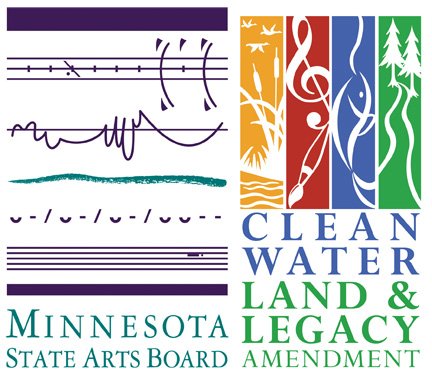Steve Rowell
Lost Prairie Valley
2024
This is a film about plants.
“Every day the urge grows stronger to get hold of an object at very close range by way of its likeness, its reproduction.”- Walter Benjamin, "The Work of Art in the Age of Mechanical Reproduction," (1935) in Illuminations, ed. Hannah Arendt, trans. Harry Zohn, (New York: Shocken, 1969)
Prior to the nineteenth century, western philosophers thought of eyes as broadcast centers, producing images of the world. As this perceived center of the universe shifted away from humans, and the Earth, it became more difficult to see the natural world exactly at the moment that industrial society’s exploitation began driving entire species towards extinction. Since that time, increasingly complex machines and algorithms do the work of seeing and recording the effects of the global climate emergency. Lost Prairie Valley investigates this moment at ecological research stations in the American state of Minnesota, with a little object recognition help from artificial intelligence.

Lost Prairie Valley, Steve Rowell, 2024, 14 minutes, color, stereo sound, 4K digital video and 16mm Kodak Vision 3 color film 4K overscan
Shot in 2020-23 in Minnesota, USA which is located on Mnisóta Makhóčhe, the contemporary, traditional, and ancestral homelands of the Dakota people at these locations:
-
Voyageur Park, Dunlap Island
-
Duluth Seaway Port, Lake Superior
-
Bdote Confluence, Mississippi and Minnesota Rivers
-
Cedar Creek Long Term Ecological Research Site
-
Cloquet Forestry Center
-
Regis West Art Building Darkroom, University of Minnesota (UMN)
-
Advanced Imaging Service for Objects and Spaces (AISOS), UMN
-
Lost Valley Prairie Scientific and Natural Area
-
University of Minnesota Herbarium
Image recognition:
Be My Eyes / OpenAI GPT-4 image-to-text model
Audio narration:
Heidi, Murf AI
Interview:
Marshall McLuhan With Harley Parker and Tony Schwartz, 17 June 1968
Tony Schwartz Collection, US Library of Congress, National Audio-Visual Conservation Center, Culpeper, VA
Music:
“Your Chance to Live: Earthwatch” 1972, Screenscope, Inc., U.S. Defense Civil Preparedness Agency
“Rediscovery: Earthquake Below” 1975, Screenscope, Inc., NASA, U.S. Defense Civil Preparedness Agency
“Rediscovery: Flood Below” 1975, Screenscope, Inc., NASA, U.S. Defense Civil Preparedness Agency
Thank you:
Samantha Thi Porter, Research Associate, UMN AISOS
Tim Whitfeld, Collections Manager, UMN Herbarium
Caitlin Barale Potter, Associate Director, Cedar Creek Ecosystem Science Reserve
Anita Porath-Krause, Researcher, Cedar Creek Ecosystem Science Reserve
Kyle G Gill, Research Project Specialist, Cloquet Forestry Center
John Marks, MIRRORLAB
Andy Graydon
Priyanka Basu
Made possible with support from:
The University of Minnesota Institute on the Environment,
The MacDowell Foundation,
and The Minnesota State Arts Board.
Steve Rowell is a fiscal year 2022 recipient of a Creative Support for Individuals grant from the Minnesota State Arts Board. This activity is made possible by the voters of Minnesota through a grant from the Minnesota State Arts Board, thanks to a legislative appropriation by the Minnesota State Legislature; and by a grant from the National Endowment for the Arts.


